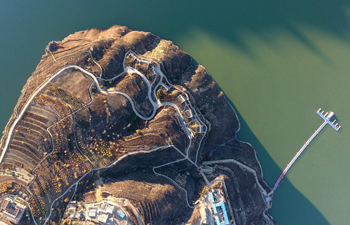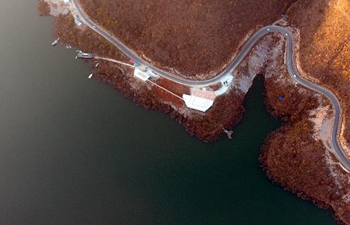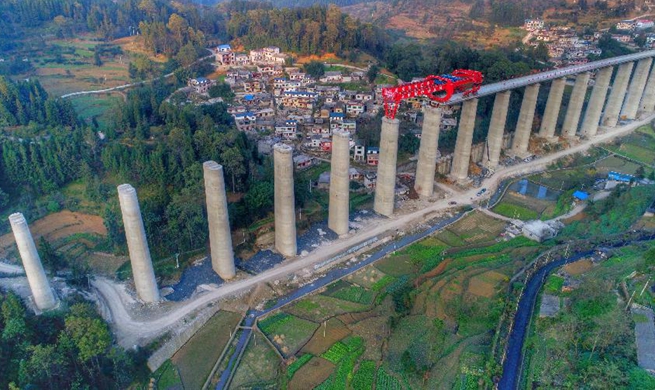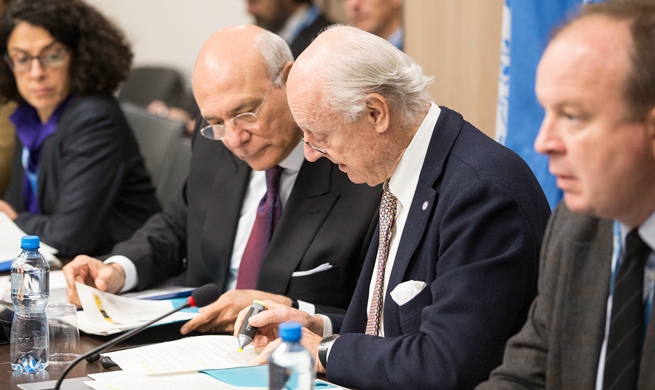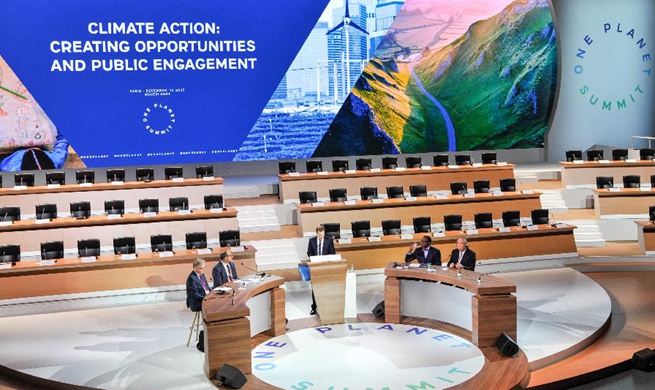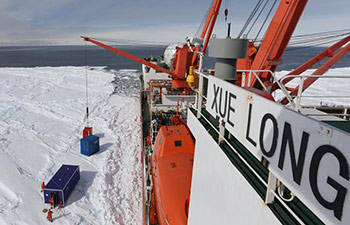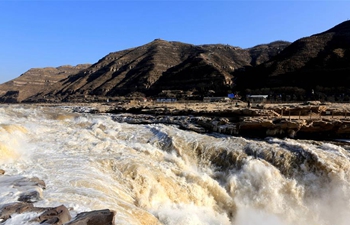BEIJING, Dec. 12 (Xinhua) -- Three years after China opened channels to transfer water from the south to the parched north, they have given more than 100 million people clean water, authorities said Tuesday.
The first phase of the middle and east routes of the South-to-North Water Diversion project has transferred nearly 13 billion cubic meters of water, according to the South-to-North Water Diversion Office.
"The project has met its goal of meeting residents' water demands, rehabilitated and improved the ecological environment, and tackled drought and floods, the office said, as the project marked its third anniversary.
Geng Liucheng, a senior official with the office, told a press conference that the east and central routes of the project, which cover Beijing and Tianjin and 33 cities in north China, provide adequate and reliable water sources for the region.
"Thanks to the project, the ecological environment along the routes has got significantly better," he said.
The water diversion project, the world's largest and with an estimated cost of 500 billion yuan (about 75.6 billion U.S. dollars), was designed to take water from China's longest river, the Yangtze, through eastern, middle and western routes to feed dry areas in the north.
The middle route is most attention-grabbing of the three due to its role of bringing water to the Chinese capital, and it started supplying water on Dec. 12, 2014. It begins at the Danjiangkou Reservoir in central China's Hubei Province and runs across Henan and Hebei provinces before reaching Beijing and Tianjin.
The first phase of the eastern route started operation in November 2013, transporting water to Shandong Province. The west route has not yet opened.
Geng said the project now supplies 70 percent of water consumed in Beijing, a city plagued by perennial water shortages. The project has seen the city's per capita water resources increase from 100 cubic meters to 150 cubic meters.
Water hardness, a main gauge of water quality, has declined from 380 milligrams to less than 130 milligrams per liter, according to the Beijing Water Group.
Previously the city's water supply came mainly from groundwater. The project has reduced the exploitation of groundwater by over 800 million cubic meters, Geng said.
Supplying the affected regions with abundant water, the project could increase industrial and agricultural output by nearly 100 billion yuan.
There have been fears about the unfavorable impact of the project on the environment in water source areas of the middle route, which are important grain production and industrial bases.
The loss of water could reduce the environmental capacity of the lower and middle reaches, weaken self-cleaning ability and increase difficulties in water pollution control.
To tackle the impact of the middle diversion route, Hubei Province has constructed a canal to transfer water from the Yangtze to the lower section of the Hanjiang and Xinglong dam to ensure irrigation, shipping and water supplies to cities.
From 2014 to 2020, the municipal government of Beijing will earmark 250 million yuan annually for Hubei and Henan to help the ecological economy, upgrade industry and improve waste treatment.
The project was conceived by late Chinese leader Mao Zedong in 1952. The State Council approved the project in December 2002 after nearly half a century of debate.








